Benefits of Urban Green Spaces
Touch to learn more
Pollution Reduction: Plants absorb pollutants and release oxygen, improving air quality.
Temperature Regulation: Trees provide shade and reduce the urban heat island effect.
Stormwater Management: Green spaces absorb rainwater, reducing runoff and flooding.
Water Filtration: Soil and plants filter pollutants from rainwater, improving water quality.
Pesticide Removal: Plants and soil microbes break down and absorb pesticides and other harmful chemicals.
Heavy Metal Absorption: Certain plants can absorb heavy metals from contaminated soil and water.
Habitat Provision: Green spaces provide habitats for various plant and animal species.
Pollinator Support: Flowers in green spaces attract pollinators like bees and butterflies.
Mental Well-being: Green spaces reduce stress, anxiety, and improve mood.
Physical Activity: Parks and trails encourage exercise and outdoor activities.
Property Value: Green spaces can increase the value of surrounding properties.
Tourism: Attractive green spaces can attract tourists and boost local economies.
Citation: Information derived from general scientific consensus on urban green space benefits.
Bibliography
- UNEP. (Ongoing). Global Environment Outlook (GEO). Retrieved from https://www.unep.org/resources/global-environment-outlook
- World Health Organization. (2016). Urban green spaces and health. Retrieved from https://www.euro.who.int/__data/assets/pdf_file/0005/321971/Urban-green-spaces-and-health-review-evidence-2016.pdf
- IUCN. (Ongoing). The IUCN Red List of Threatened Species. Retrieved from https://www.iucnredlist.org/


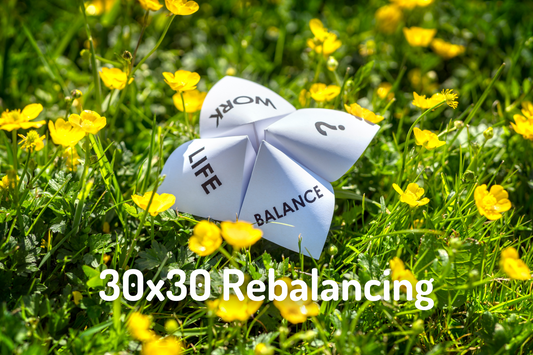



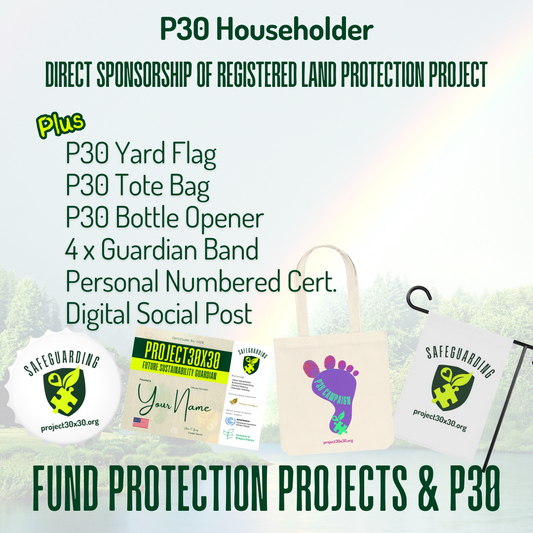

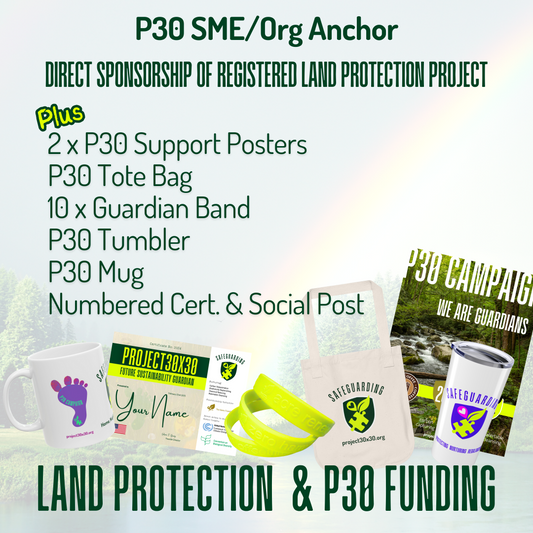


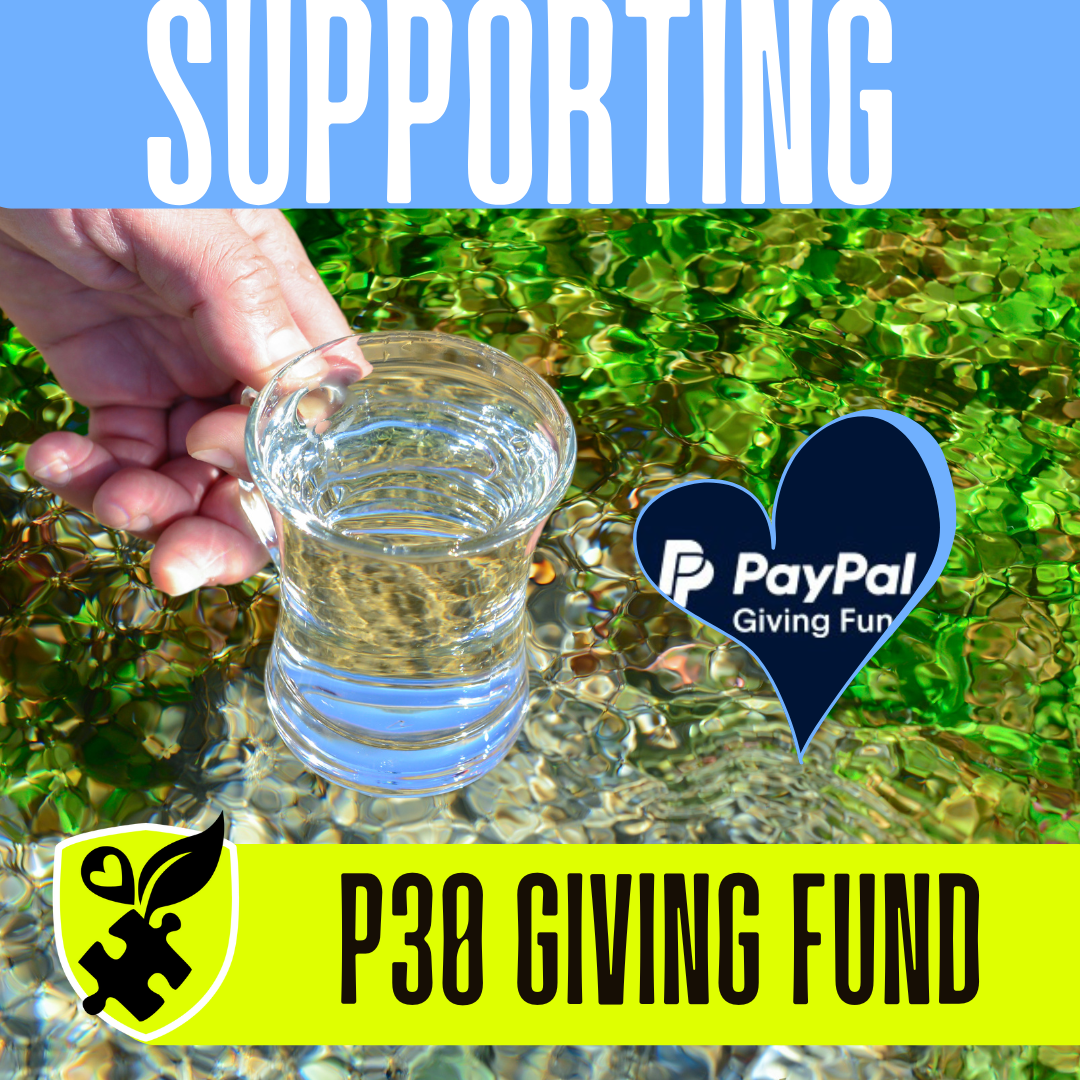
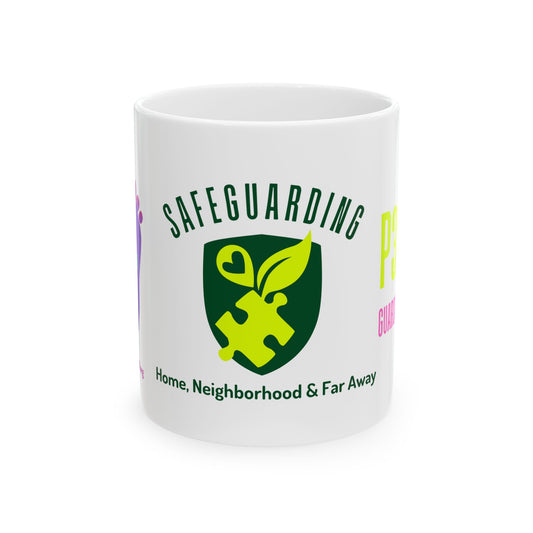
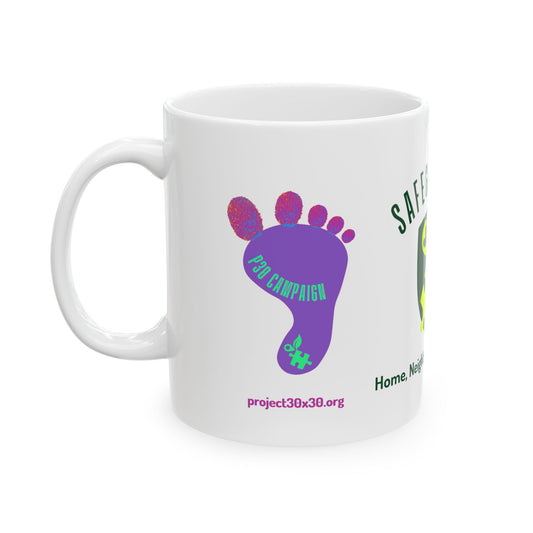






Community Building: Green spaces provide places for social interaction and community events.
Recreation: Parks and playgrounds offer recreational opportunities for people of all ages.